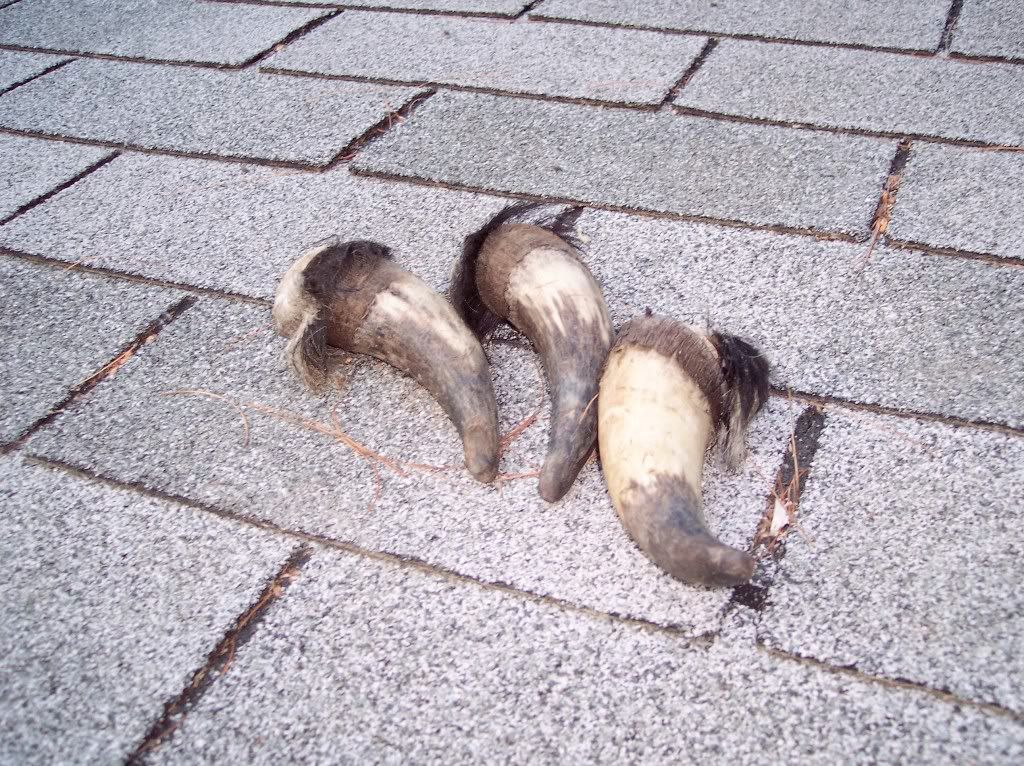If you write for young people, consider this LJ post a big, fat thank you note (virtual chocolates and ice cream, too). I just finished reading my 7th graders’ final exams. I ask them to write an essay reflecting on how they’ve grown as readers, writers, and human beings this year. Here’s a quote from K…
“In the beginning of the year, I didn’t like to read at all. But then my teacher showed me all these books that were for me, and I couldn’t stop reading.”
Books that were for her. Written just for her. Or at least it felt that way. She went on to talk about Sonya Sones, Sarah Dessen, Deb Caletti, and Nancy Werlin — voices that spoke to her over the past ten months.
And K wasn’t the only one who named names as she reflected on books that made a difference this year. My kids talked about finding themselves in the characters of Pete Hautman, Janet Tashjian, Jack Gantos, Laurie Halse Anderson, Lisa Yee, Sharon Creech, Jerry Spinelli, Wendelin Van Draanen, David Lubar, Cynthia Kadohata, Mal Peet, and Walter Dean Myers. They wrote about being challenged by M.T. Anderson, Richard Preston, and Markus Zusak. They wrote fondly about escaping into the worlds of Margaret Peterson Haddix, Christopher Paolini, and JK Rowling. And they reflected on walking a mile in someone else’s shoes as they read Gene Luen Yang, Cynthia Lord, Will Hobbs, Jennifer Roy, and Joseph Bruchac.
I write for kids. I know that some days, it feels like you’re alone with your computer, and even your computer doesn’t like you very much. So I thought I’d share K’s reflection on her year of reading. We all need to realize when we write, we’re writing for someone important. Someone like K, who’s waiting for a book that’s just for her, just for him.
If you write for kids, that’s the work you’re doing every day. You may never get to read the end-of-the-year essays, but you should know that you make a difference, and you’re appreciated.

















